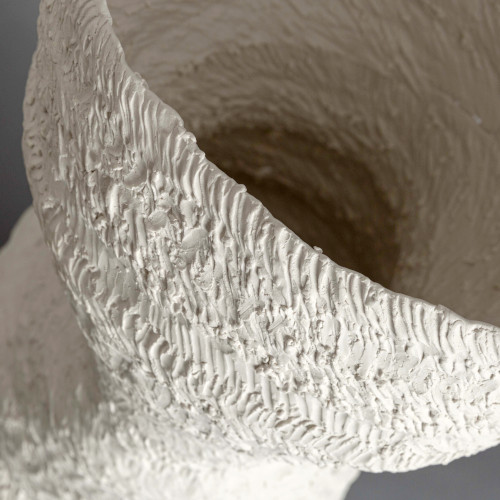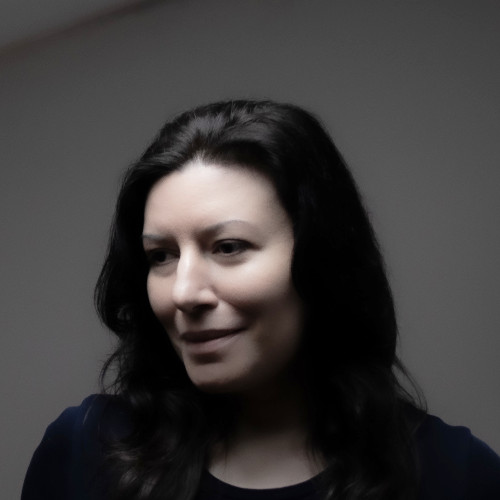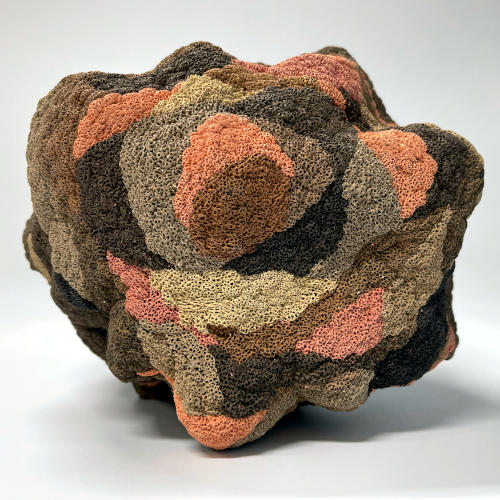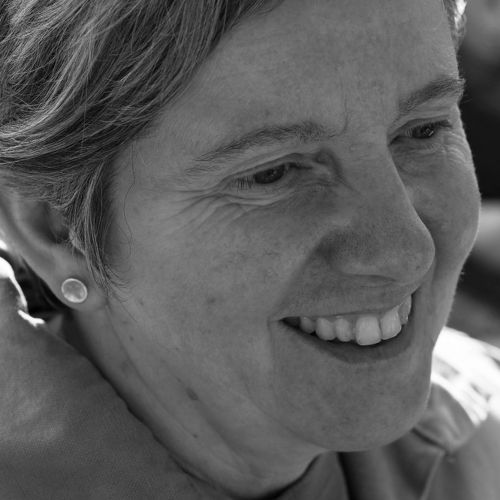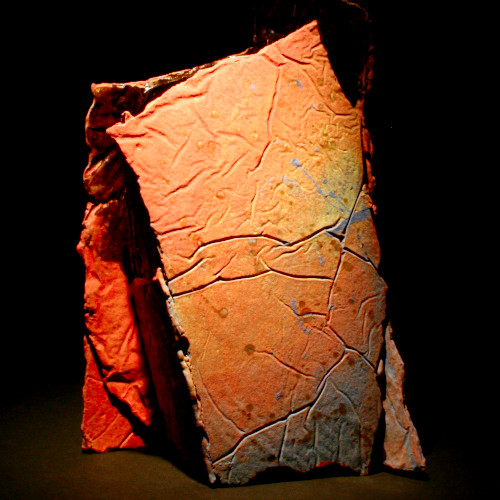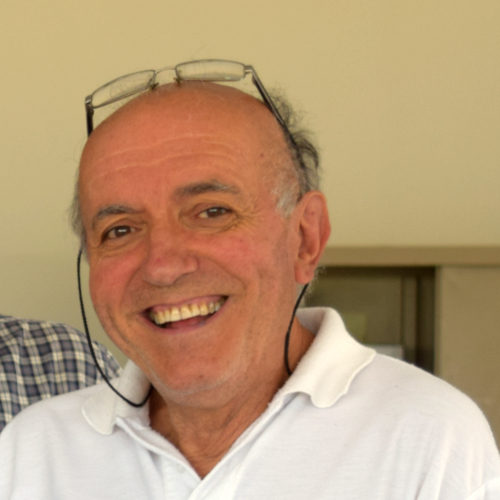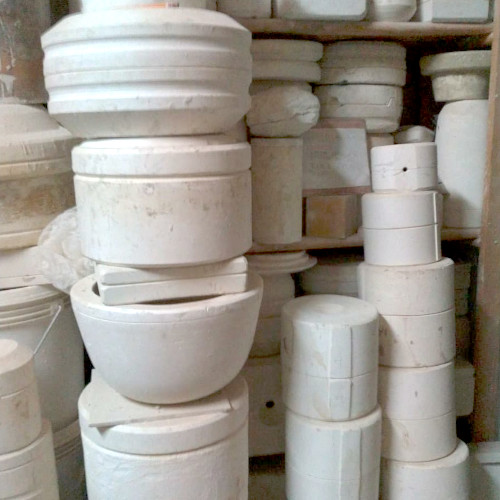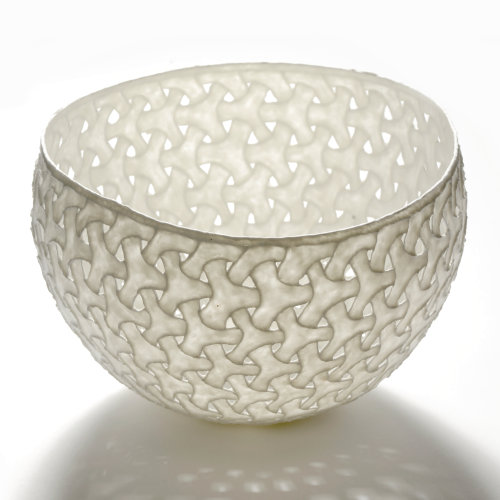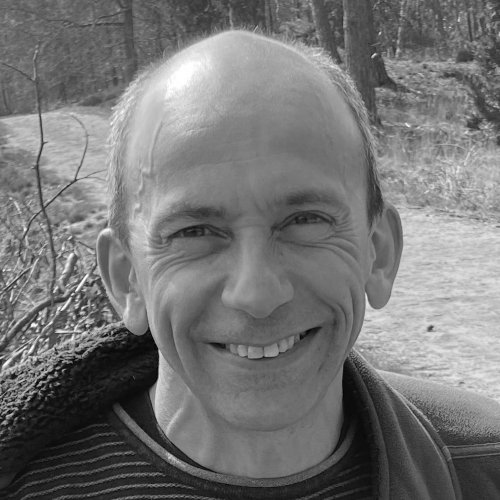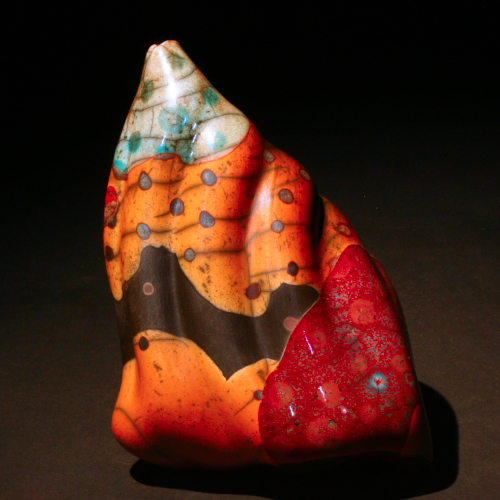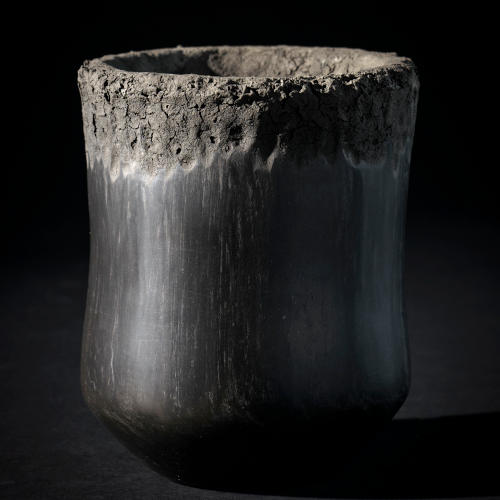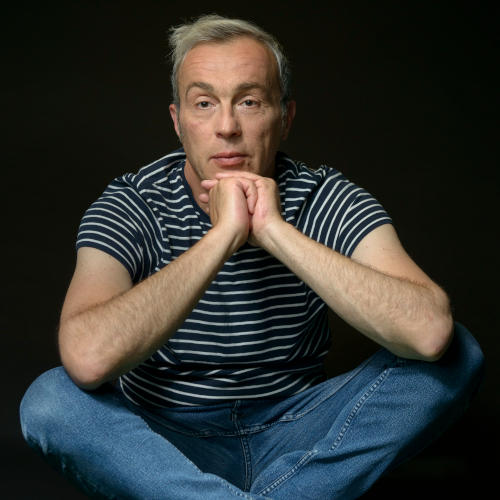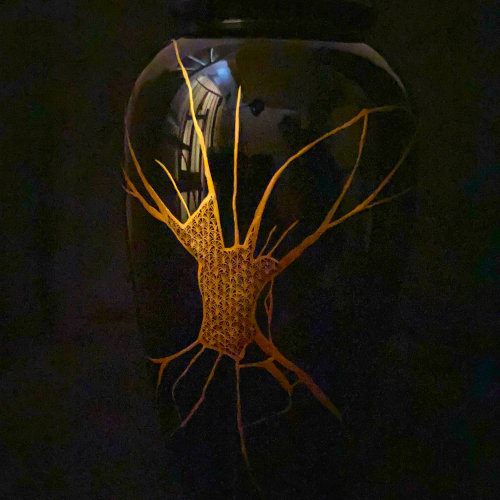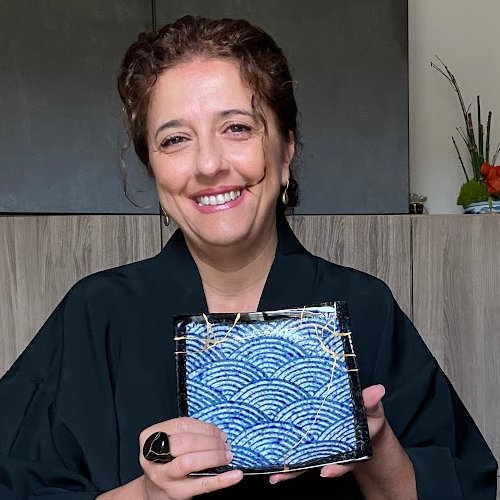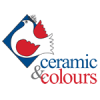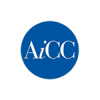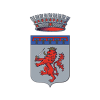Showing all 10 results
THE SHAPES OF PORCELAIN | Etra Masi
Porcelain is a material with many qualities: transparency, whiteness, hardness; to enhance them is to have understood its nature. In this course, different techniques will be addressed, the first step towards being able to move freely within the production processes of porcelain. Casting, plastic modelling, moulding and glazing are the bases from which both objects of use and sculptural masses can be created. Porcelain in liquid form and in the plastic state will be worked with or without the aid of plaster moulds into small shapes, analysing for each phase: time, criticality and potential. Each participant, at the end of the course, will have broadened and clarified his or her knowledge of the physical and technical properties of 'white gold' and will be able to choose the working method most suited to his or her imagination.
Etra Masi He graduated in Sculpture from the Academy of Fine Arts in Naples, where he expanded on the theme of "contaminations" and investigated the relationship between sculpture and architecture. When he arrived in Faenza in 2015, he came into contact with the ceramic tradition, deepening his knowledge of craft techniques. Porcelain becomes his material of choice, he builds his sculptures by modelling them by hand, everything revolves around the enhancement of the tactile dimension, the gesture writes the sign. Her work is featured at trade fairs, exhibitions and international art competitions. In 2021 she is selected for The Blanc de Chine International Ceramic Art Award in Hangzhou Winland Center, China; in 2019 she receives an Honourable Mention for the International Biennial of Ceramic Art of Aveiro, Portugal.
The 20-hour workshop lasts from 9.00 to 17.00 on Friday and Saturday and from 9.00 to 16.00 on Sunday.
Included in the Workshop cost: 20 hours of teaching | all the necessary materials | firings | nr. 3 brunch lunch | a box with the samples of the materials used during the workshopTeacher: Etra Masi Languages: English, Italian
Download the full program in pdf
To confirm your inscription you have to make a bank transfer of a deposit or the total amount.
TOUCHING TO SEE | Nathalie Doyen
This course includes a practical and a theoretical part. The teacher Nathalie Doyen will teach a technique inspired by nature (such as lichens or molluscs adhering to a rock) and through repetitive gestures will lead the participants to a meditative concentration necessary to develop wonderful textures. During this course, the tactile qualities and velvety colours of clay will be examined. Participants will have the opportunity to make both a sample and small objects by practising the technique of artist and teacher Nathalie Doyen. The lessons are totally practical in addition to a theoretical chapter, firing and materials and a DPF (Frequently Asked Questions) session.
Nathalie Doyen Nathalie Doyen was born in Algiers in 1964. She has been exhibiting in Belgium and abroad since 1987. She has been an artist in residence in France, Portugal, Italy, China and Quebec. She teaches ceramics at the Académie des Beaux-Arts in Namur, Belgium. Works on permanent display in Belgium: in Brussels, at the Galerie de l'Ô ; in Mons at the WCC-BF; in Morlanwelz at the Musée Royale de Mariemont. IN QUEBEC: in the Bois de Belle-Rivière regional park. IN CHINA: at the FuLe International Ceramics Art Museum, the FLICAM, Fuping and the "Bien dans son Assiette" commission. Member of the Collège des Alumni de l'Académie Royale de Belgique. Member of Smart asbl; Member of the World Craft Council - French-speaking Belgium. From 1983 to 1987: training at the Académie des Beaux-Arts in Tournai X, under the guidance of Francis Behets and Richard Owzcarek.
The 20-hour workshop lasts from 9.00 to 17.00 on Friday and Saturday and from 9.00 to 16.00 on Sunday.
Included in the Workshop cost: 20 hours of teaching | all the necessary materials | firings | nr. 3 brunch lunch | a box with the samples of the materials used during the workshopTeacher: Nathalie Doyen Languages: English, Italian, French
Download the full program in pdf
To confirm your inscription you have to make a bank transfer of a deposit or the total amount.
PAPERCLAY NEARLY STONEWARE IN COLOUR | Giovanni Cimatti
Paperclay course developed by Giovanni Cimatti
Dry clay, of all types, can find new life in the Paper Clay technique. In this course we will investigate how to use, in Paper version, Faenza; the Italian clay par excellence fired until it reaches its maximum hardness. Experiences will be made on how to make forms: by casting with liquid clay mixture in cardboard moulds or with assemblages of dry clay slabs. The forms will then be finished with engobes and crystallines applied on raw and fired once in the so-called single firing.
Giovanni Cimatti Giovanni Cimatti was a teacher at the Art Institute in Siena, director of the 'T. Minardi' School of Drawing and Plastic Art in Faenza and teacher at the State Art Institute for Ceramics in Faenza. He began his artistic activity in the 1970s, developing a personal research on the relationship between form and surface by reworking various techniques such as sangam clay decorations, raku, decalcomania, and terra sigillata, and for years he has also been interested in high temperature. He has been invited to important international ceramic art exhibitions, has held solo exhibitions by invitation in Belgium, Japan, Holland, Korea and Switzerland and has participated in cultural exchanges in France, Japan and Germany. He has had solo exhibitions: at the Museum of Contemporary Art at Kyungshung University in Pusan, Korea, at the Ceratekno Gallery in Toki City, Japan, and at the Museo Civico Archeologico in Bergamo.
The 14-hour course starts at 9 a.m. and ends at 5 p.m. on Saturday and starts at 9 a.m. and ends at 4 p.m. on Sunday.
Included in the course: 14 hours of teaching | the materials needed for the course | the firings | 2 breakfasts | a gift box (with samples of the materials used during the course) Teacher: Giovanni Cimatti Download the programme in pdf format To confirm your purchase, you must pay the deposit or the full amount by following the procedure below.THE BASES OF PLASTER MOULDS | Marco Malavolti
Reproducing a shape for large or small productions, but also creating unique objects from a casting or pressure mould, simplifying the working processes; this is the dream of many ceramists. The teacher Marco Malavolti will present in an effective, simple and creative way an intensive programme on the basic techniques needed to make multi-part moulds for casting and pressure moulding. Participants will work on objects provided by the organisation on which the moulds will be made. The objects are designed to see different complexities and moulding techniques.
Marco Malavolti After graduating at Ballardini in Faenza, he started working in 1997 as a craftsman and immediately started collaborating with the International Museum of Ceramics, producing several works. At the same time, he also collaborated with Elena Agnini in Munich where he specialised in restoration. Also in 1997, he began teaching at the "T. Minardi" School where he held courses in basic and advanced ceramics. Over the next five years he specialised in moulding, becoming a reference point in Italy on this subject. In 2002, he opened Manifatture Sottosasso, structuring various activities: his own production linked to the world of design, collaborations with artists and galleries (the most important include: Garutti Alberto, Siedlecki Namsal, Previti Riccardo, Simeti Francesco, Ornaghi e Prestinari, Galleria Minini, Galleria Zero, Galleria Continua, Fondazione Officine Saffi, Galleria Nilufar). Also, production for companies and collaborations with museums where he mainly works on moulding (among the most important museums are: Museo Internazionale delle Ceramiche in Faenza, Museo di San Domenico and Museo Gypsotheca Antonio Canova and Museo Carlo Zauli).
The 20-hour workshop lasts from 9.00 to 17.00 on Friday and Saturday and from 9.00 to 16.00 on Sunday.
Included in the Workshop cost: 20 hours of teaching | all the necessary materials | perfectly equipped studio | no. 3 breakfast Teacher: Marco Malavolti Language: Italian Download the full program in pdfTo confirm your inscription you have to make a bank transfer of a deposit or the total amount.
PATTERN AND TRANSPARENCY | Guy Van Leemput
This workshop is an introduction to making wafer-thin bowls with flax reïnforced porcelain on an inflated balloon, as well as discovering how to make a shrinking support on which the wafer-thin bowl can be hung upside down in the kiln. The first day you will start by getting to know this wonderful clay. Guy Van Leemput will teach techniques for applying patterns with the opportunity to practice yourself. Each participant will start a bowl with one of the demonstrated techniques. We will also make the swinging supports that will carry the piece in the kiln. After this first ‘maiden-bowl’ is finished you will be challenged to push your limits further with a second bowl on day 2. New 'advanced' techniques will be shown, for which we will use a mini clay press. The bowls made will be fired on the spot and can be taken home on day 3. The lessons are totally practical in addition to a theoretical chapter, firing and materials and a DPF (Frequently Asked Questions) session.
Guy Van Leemput Guy Van Leemput (1967, Herentals, Belgium) studied mathematics and ceramics. He has been invited several times for an artist-in-residence at the Sanbao Ceramic Art Institute, Jingdezhen, China. His work has been selected for competitions and group exhibitions in his own country and in other European countries, as well as in Japan, China and Australia. At the MINO International Ceramics Competition 2014, his work “Big Anas” won the Bronze Award, it is now in the collection of the Museum of Modern Ceramic Art, Gifu, Japan. Guy was chosen as one of the Ceramics Monthly Emerging Artists 2020. In 2021 he was ‘recommended’ by the Michelangelo Foundation as ‘Master Artisan’. In 2022 he was a key speaker at ‘The Ceramics Congress, Australia’.
The 20-hour workshop lasts from 9.00 to 17.00 on Friday and Saturday and from 9.00 to 16.00 on Sunday.
Included in the Workshop cost: 20 hours of teaching | all the necessary materials | firings | nr. 3 breakfastsTeacher: Guy Van Leemput Languages: English, Italian
Download the full program in pdf
To confirm your inscription you have to make a bank transfer of a deposit or the total amount.
THE SHAPES OF PORCELAIN | Etra Masi
Porcelain is a material with many qualities: transparency, whiteness, hardness; to enhance them is to have understood its nature. In this course, different techniques will be addressed, the first step towards being able to move freely within the production processes of porcelain. Casting, plastic modelling, moulding and glazing are the bases from which both objects of use and sculptural masses can be created. Porcelain in liquid form and in the plastic state will be worked with or without the aid of plaster moulds into small shapes, analysing for each phase: time, criticality and potential. Each participant, at the end of the course, will have broadened and clarified his or her knowledge of the physical and technical properties of 'white gold' and will be able to choose the working method most suited to his or her imagination.
Etra Masi He graduated in Sculpture from the Academy of Fine Arts in Naples, where he expanded on the theme of "contaminations" and investigated the relationship between sculpture and architecture. When he arrived in Faenza in 2015, he came into contact with the ceramic tradition, deepening his knowledge of craft techniques. Porcelain becomes his material of choice, he builds his sculptures by modelling them by hand, everything revolves around the enhancement of the tactile dimension, the gesture writes the sign. Her work is featured at trade fairs, exhibitions and international art competitions. In 2021 she is selected for The Blanc de Chine International Ceramic Art Award in Hangzhou Winland Center, China; in 2019 she receives an Honourable Mention for the International Biennial of Ceramic Art of Aveiro, Portugal.
The 20-hour workshop lasts from 9.00 to 17.00 on Friday and Saturday and from 9.00 to 16.00 on Sunday.
Included in the Workshop cost: 20 hours of teaching | all the necessary materials | firings | nr. 3 breakfasts | a box with the samples of the materials used during the workshopTeacher: Etra Masi Languages: Italian
Download the full program in pdf
To confirm your inscription you have to make a bank transfer of a deposit or the total amount.
CRAZY CRETIC GLAZES | Giovanni Cimatti
An innovative technique for the application of ceramic glazes.
Giovanni Cimatti presents, as a preview at Ceramics, one of his innovations in the application of all glazes, at any temperature and on all single-fired clays. The method involves the use of any commercial and non-commercial glaze that is transformed into a plastic sheet. These glaze films can be cut out and applied to fresh plastic clays that will then receive all the variations in use in the mould moulding process. During the course, particular research will be done on the fragmentation of glazes that will then be pressed by including them in the Faenze clay.
Giovanni Cimatti Giovanni Cimatti was a teacher at the Art Institute in Siena, director of the 'T. Minardi' School of Drawing and Plastic Art in Faenza and teacher at the State Art Institute for Ceramics in Faenza. He began his artistic activity in the 1970s, developing a personal research on the relationship between form and surface by reworking various techniques such as sangam clay decorations, raku, decalcomania, and terra sigillata, and for years he has also been interested in high temperature. He has been invited to important international ceramic art exhibitions, has held solo exhibitions by invitation in Belgium, Japan, Holland, Korea and Switzerland and has participated in cultural exchanges in France, Japan and Germany. He has had solo exhibitions: at the Museum of Contemporary Art at Kyungshung University in Pusan, Korea, at the Ceratekno Gallery in Toki City, Japan, and at the Museo Civico Archeologico in Bergamo.
The 14-hour course starts at 9 a.m. and ends at 5 p.m. on Saturday and starts at 9 a.m. and ends at 4 p.m. on Sunday.
Included in the course: 14 hours of teaching | the materials needed for the course | the firings | 2 breakfasts | a gift box (with samples of the materials used during the course) Teacher: Giovanni Cimatti Download the programme in pdf format To confirm your purchase, you must pay the deposit or the full amount by following the procedure below.SWEET RAKU WITH LUSTRES | Giovanni Cimatti
Sweet Raku is an idea that Giovanni Cimatti came up with in the late 1990s and which differs from so-called Raku in that it has reduced fumigation and the use of chamotte-free clays.
Giovanni Cimatti's sweet raku in some of its declinations. During the course, forms will be made that simultaneously and in a single firing will have the orange colour of 'sealed earths', the transparencies of copper and non-copper crystallines, the lustres in copper reduction in gas kiln firing and the black of Raku smoke.
Giovanni Cimatti Giovanni Cimatti was a teacher at the Art Institute in Siena, director of the 'T. Minardi' School of Drawing and Plastic Art in Faenza and teacher at the State Art Institute for Ceramics in Faenza. He began his artistic activity in the 1970s, developing a personal research on the relationship between form and surface by reworking various techniques such as sangam clay decorations, raku, decalcomania, and terra sigillata, and for years he has also been interested in high temperature. He has been invited to important international ceramic art exhibitions, has held solo exhibitions by invitation in Belgium, Japan, Holland, Korea and Switzerland and has participated in cultural exchanges in France, Japan and Germany. He has had solo exhibitions: at the Museum of Contemporary Art at Kyungshung University in Pusan, Korea, at the Ceratekno Gallery in Toki City, Japan, and at the Museo Civico Archeologico in Bergamo.
The 14-hour course starts at 9 a.m. and ends at 5 p.m. on Saturday and starts at 9 a.m. and ends at 4 p.m. on Sunday.
Included in the course: 14 hours of teaching | the materials needed for the course | the firings | 2 breakfasts | a gift box (with samples of the materials used during the course) Teacher: Giovanni Cimatti Download the programme in pdf format To confirm your purchase, you must pay the deposit or the full amount by following the procedure below.BLACK CERAMIC, CLAY OF ETRURIA | Gabriele Tognoloni
Bucchero is a type of fine and very light black ceramic produced by the Etruscans to make vases. The integral black monochrome is the most striking feature of this type of pottery and the colouring is achieved by a special firing process. Bucchero was used in Etruria from the mid 7th century BC to the first half of the 5th century BC.
Gabriele Tognoloni Born in Gubbio in 1973 and graduated in Sculpture from the 'Pietro Vannucci' Academy of Fine Arts. He leads Unico, in the city of Gubbio, an atelier and gallery where his artistic experience takes shape in ceramics that reveal not only their link with local artistic craft traditions and the genius loci, but also with the direct and indirect input received from some of the most important personalities of Italian and international visual research, reinterpreting these suggestions according to his own highly personal and immediately recognisable language. Many art critics have written about his work, including Italo Tomassoni, Aldo Iori and Antonio Carlo Ponti. Recent exhibitions include one-man shows at the Galleria "lalineaartecontemporanea" in Rome (2016) and at the Centro per l'Arte Contemporanea "La Rocca" in Umbertide (2020), the group show "origine/presente" at Atelier Schwab in Wertheim, Germany (2018), an artistic residency at Atelier A in Apricale (2018), the "Progetto Italia" in collaboration with the artist Alberto Gianfreda at Casa Testori in Milan (2021) and the "Grand tour Limonaia".
The 14-hour course starts at 9 a.m. and ends at 5 p.m. on Saturday and starts at 9 a.m. and ends at 4 p.m. on Sunday.
Included in the course: 14 hours of teaching | the materials needed for the course | the firings | nr. 2 breakfasts Teacher: Gabriele Tognoloni Language: Italian and English Scarica il programma in formato pdf To confirm your order, you must pay the deposit or the full amount by following the procedure below.PRACTICAL SEMINAR ON TRADITIONAL KINTSUGI | Krista
the aim is to give historical notions and basic technique of traditional kintsugi, respecting all stages of restoration. This provides the necessary skills to be able to work independently once back home. The lessons are totally practical in addition to a theoretical chapter and a DPF (Frequently Asked Questions) session. It is a different experience for everyone. Respect for this marvellous art of age-old tradition, without the use of shortcuts (glues and chemical fillers), involves many steps that require time and patience.
The 16-hour workshop lasts from 9.00 to 16.00 on Friday and Saturday and from 9.00 to 13.00 on Sunday.
Included in the Workshop cost: 16 hours of teaching | all the necessary materials | nr. 2 breakfastsTeacher: Krista Arte Kintsugi Languages: English and Italian
Download the full program in pdf
To confirm your inscription you have to make a bank transfer of a deposit or the total amount.

